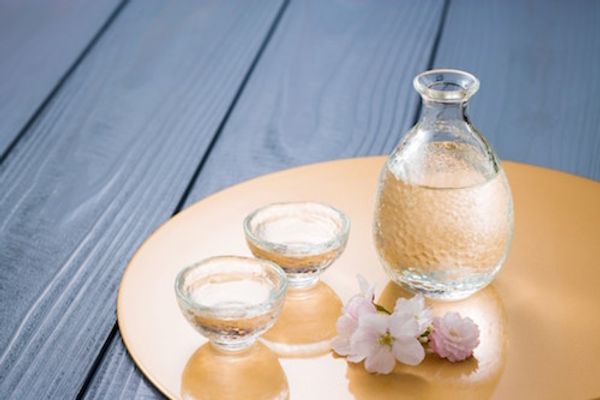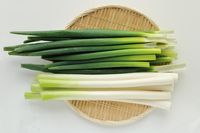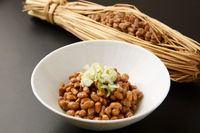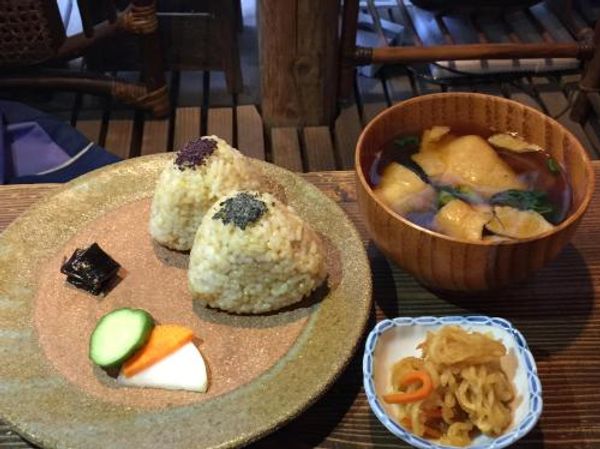Sake: A Rice Wine by Any Other Name is Probably Not the Same
Updated:2019/02/01 Created:2017/02/27

Japanese Sake (“sah-kay”) has been known the world over for many decades, firstly as something consumed warm, but in more recent years, as something that, especially when of higher caliber, should be consumed lightly chilled or even at room temperature. It is never consumed adulterated or diluted, nor is it ever served on the rocks. It is meant to be pure and singular, enjoyed standing on its own merits. But what exactly is it?
Strictly speaking, “sake” simply means “alcohol” in Japanese. It is for this reason that while in Japan you will never hear what you may know as “sake” being called as such. In Japanese, sake is known as “nihonshu,” which means “Japanese alcohol.” Since sake is the preeminent Japanese alcohol, it is an entirely appropriate name.
There are at least eight different classifications for nihonshu (as we’ll be calling sake), but you are probably going to order one of three or so varieties when you go to your Japanese restaurant. In any case, they are not as vastly different in flavor or structure as, say, a chardonnay versus and cabernet. They are all clear, or tinged yellow, and, with the exception of one variety, there is never to be any residue.
While all nihonshu is made from rice, different production methods lead to different classifications. Ginjo is the standard nihonshu. It’s on the affordable side of the scale, but slightly less refined than some of the pricier varieties. By law, at least 40% of the rice’s outer hull must have been removed by milling. These nihonshu tend to have fruitier, more straightforward flavor profiles.
Moving up the latter, the next stop would be Dai-Ginjo, which requires that at least 50% of the outer hull to be milled. This makes for a more refined flavor, but similar taste. On another tack, we have Junmai, which is different first and foremost in that, unlike the Ginjo varieties, it cannot contain the up to 10% by rice weight of distilled alcohol. Junmai (and it’s extra special friend, “Tokubetsu Junmai”) will, in addition to their lowered sweetness, have higher acidity and umami. If you want to give unfiltered nihonshu a try, seek out some Nigorizake.
Next time you are in the mood for some nihonshu, forgo the hot variety for something chilled and labeled as one of the above classifications. There’s a world of sake out there waiting for your discovery!







![Healthy and Stylish Macrobiotic Shop, Café Molty [Machiya]](https://ik.imagekit.io/ftoobeznjtf/tr:w-600/8572)
